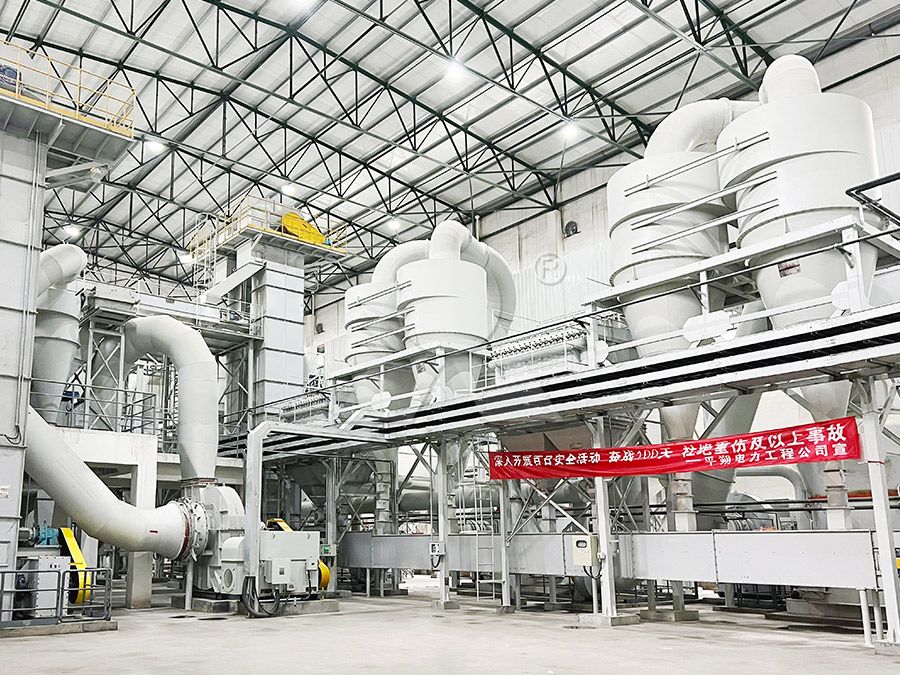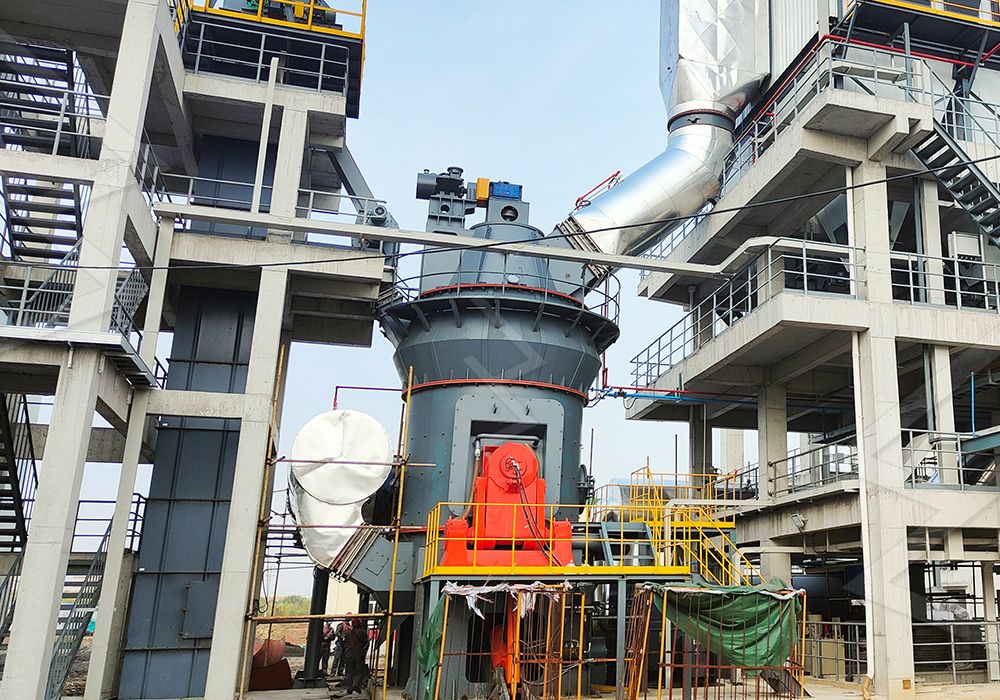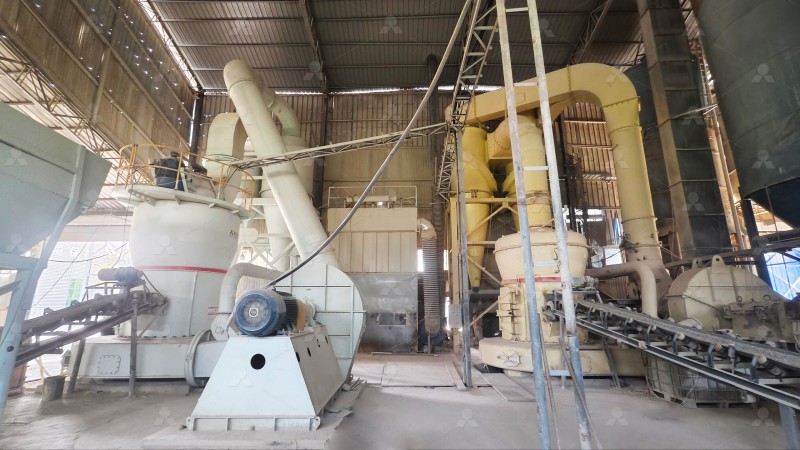The Best Mill for Efficiently Grinding Coal Ash and Slag
The Best Mill for Efficiently Grinding Coal Ash and Slag
In today’s industrial landscape, the efficient processing of by-products like coal ash and slag has become increasingly important for both economic and environmental reasons. These materials, once considered waste, now represent valuable resources when properly ground and processed for use in construction materials, cement production, and various industrial applications. The challenge lies in selecting the right grinding equipment that can handle these abrasive materials while maintaining operational efficiency and cost-effectiveness.
Coal ash and slag present unique grinding challenges due to their abrasive nature and varying moisture content. Traditional grinding mills often struggle with these materials, leading to excessive wear on components, high energy consumption, and inconsistent product quality. The ideal solution must address these issues while providing reliable, continuous operation with minimal maintenance requirements.

Key Considerations for Coal Ash and Slag Grinding
When selecting grinding equipment for coal ash and slag, several critical factors must be considered. The mill must handle materials with input sizes ranging from fine powders to larger particles while maintaining consistent output quality. Capacity requirements vary significantly depending on application, with some operations needing just a few tons per hour while others require industrial-scale processing of dozens of tons.
Energy efficiency represents another crucial consideration, as grinding operations can account for substantial portions of overall operational costs. Environmental compliance cannot be overlooked either, with dust control and noise reduction being essential for modern industrial operations. The equipment must also demonstrate durability against abrasive materials to minimize downtime and maintenance costs.
Advanced Grinding Solutions
Among the various options available, vertical grinding mills have emerged as particularly effective for processing coal ash and slag. Their design addresses many of the challenges specific to these materials through innovative engineering solutions. The vertical orientation allows for efficient material transport and classification while occupying less floor space than traditional horizontal mills.
Modern vertical mills incorporate sophisticated separation technology that ensures precise control over final product fineness. This is particularly important for coal ash and slag applications where product consistency directly impacts performance in downstream applications. The ability to adjust fineness during operation provides operational flexibility that horizontal mills often lack.

Recommended Solution: MW Ultrafine Grinding Mill
For operations requiring ultra-fine grinding of coal ash and slag, the MW Ultrafine Grinding Mill represents an exceptional choice. This advanced mill handles input sizes from 0-20 mm with capacities ranging from 0.5 to 25 tons per hour, making it suitable for various production scales. Its design specifically addresses the challenges of fine powder production while maintaining operational efficiency.
The MW Ultrafine Grinding Mill incorporates several innovative features that make it ideal for coal ash and slag applications. The newly designed grinding curves of the grinding roller and ring enhance grinding efficiency significantly. With the same fineness and power requirements, production capacity is 40% higher than jet grinding mills and stirred grinding mills, while delivering twice the output of traditional ball mills. Meanwhile, system energy consumption is reduced to just 30% of comparable jet grinding mills.
One of the standout features for coal ash and slag processing is the adjustable fineness between 325-2500 meshes. The cage-type powder selector employs German technology to increase powder separation precision. Multiple cage-type powder selectors can be configured according to specific production requirements for yield, fineness, and sieving rate. The system achieves screening rates of d97≤5μm in a single pass, ensuring consistent product quality.
The mill’s construction eliminates rolling bearings and screws within the grinding chamber, preventing concerns about bearing damage or loose screws causing operational issues. With the lubricating device installed externally, lubrication can be performed without shutdown, enabling continuous 24-hour operation essential for industrial processing.
Environmental and Operational Benefits
The MW Ultrafine Grinding Mill incorporates comprehensive environmental protection features crucial for modern industrial operations. The efficient pulse dust collector ensures no dust pollution during operation, while silencers and noise elimination rooms reduce operational noise. The entire production system complies with national environmental protection standards, making it suitable for operations in regulated environments.
Digital processing techniques ensure high precision manufacturing, particularly for core components. With tens of lines of numerical controlling machine tools handling operations from steel plate cutting to final paint spraying, the mill achieves machining precision that translates to reliable long-term performance. Combined with readily available spare parts and comprehensive technical support, operations can proceed with confidence in equipment reliability.

Implementation Considerations
When implementing the MW Ultrafine Grinding Mill for coal ash and slag processing, several operational factors warrant attention. Proper feed size control ensures optimal mill performance and prevents unnecessary wear. Regular monitoring of grinding elements maintains product consistency while maximizing component lifespan. The mill’s flexibility allows operators to adjust parameters based on specific material characteristics and production requirements.
The integration of drying capabilities within the grinding process proves particularly valuable for slag processing, where moisture content can vary significantly. This integrated approach eliminates the need for separate drying equipment, reducing both capital investment and operational complexity. The system’s ability to handle variations in feed material characteristics makes it robust against the inherent variability of industrial by-products.
Frequently Asked Questions
What makes the MW Ultrafine Grinding Mill suitable for coal ash processing?
The MW Ultrafine Grinding Mill excels with coal ash due to its high grinding efficiency, adjustable fineness control, and robust construction that withstands abrasive materials. The absence of internal bearings and screws in the grinding chamber prevents common failure points when processing abrasive materials like coal ash.
How does the energy consumption compare to traditional ball mills?
The MW Ultrafine Grinding Mill reduces energy consumption by approximately 60-70% compared to traditional ball mills while providing twice the production capacity at the same fineness level. This significant efficiency improvement translates to substantial operational cost savings.
Can the mill handle variations in feed material moisture content?
Yes, the mill’s design accommodates reasonable variations in moisture content. For materials with higher moisture levels, integrated drying capabilities can be utilized to ensure optimal grinding conditions and final product quality.
What maintenance requirements should be anticipated?
Maintenance requirements are significantly reduced compared to traditional mills. The external lubrication system allows for maintenance without shutdown, and the robust construction of grinding components extends service intervals. Regular inspection of wear parts and monitoring of system parameters represents the primary maintenance activities.
How quickly can product fineness be adjusted during operation?
Product fineness can be adjusted rapidly during operation through the advanced powder separation system. This flexibility allows operators to respond quickly to changing production requirements or material characteristics without interrupting the grinding process.
